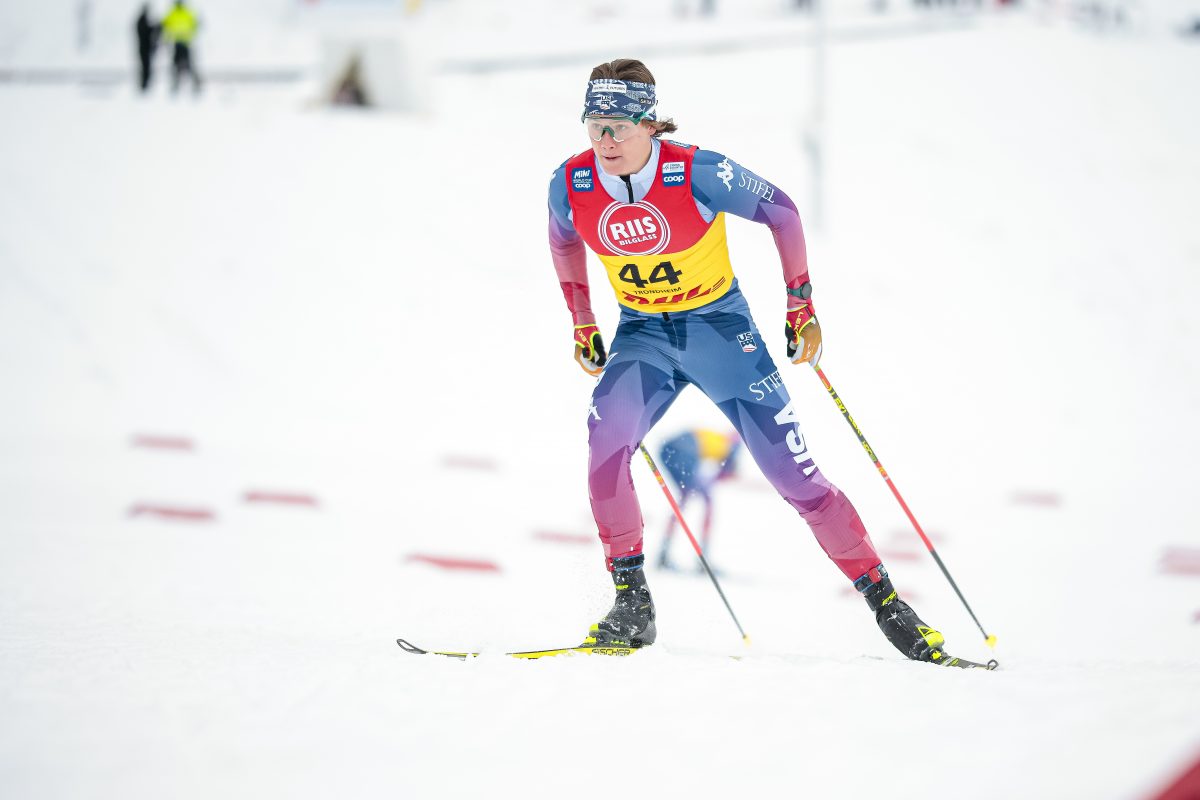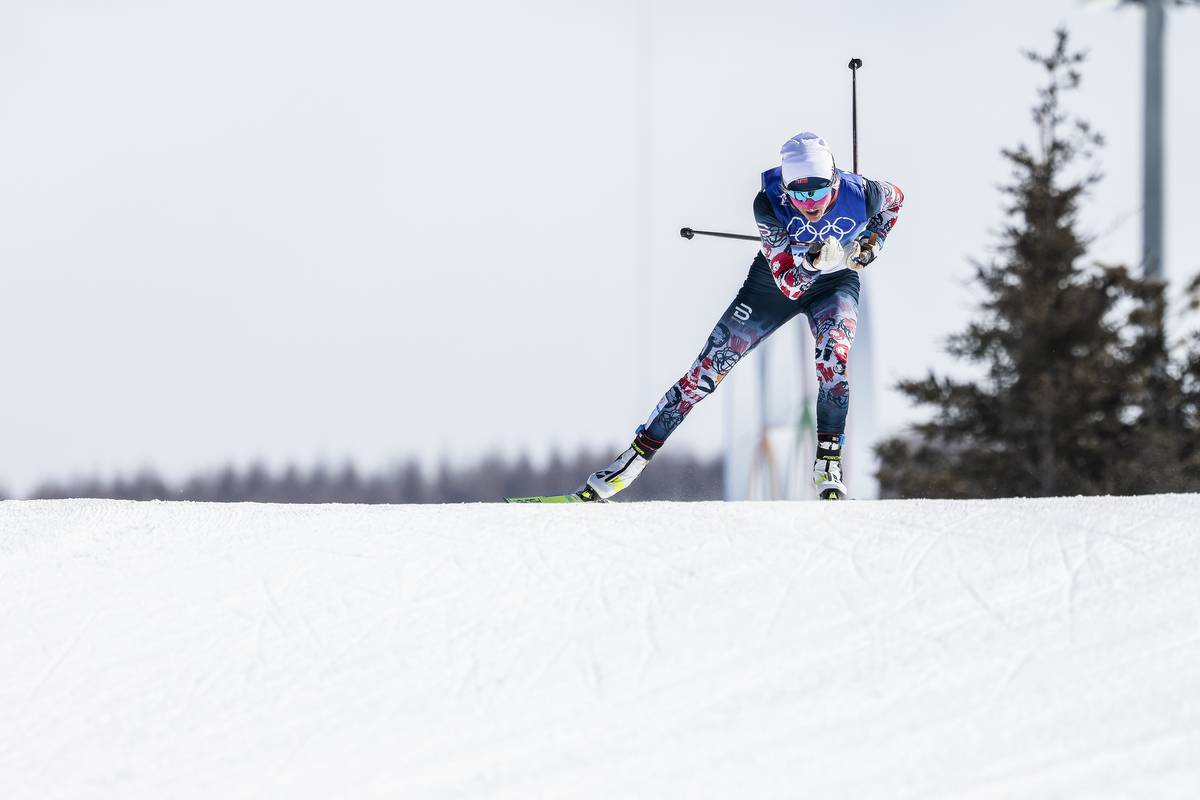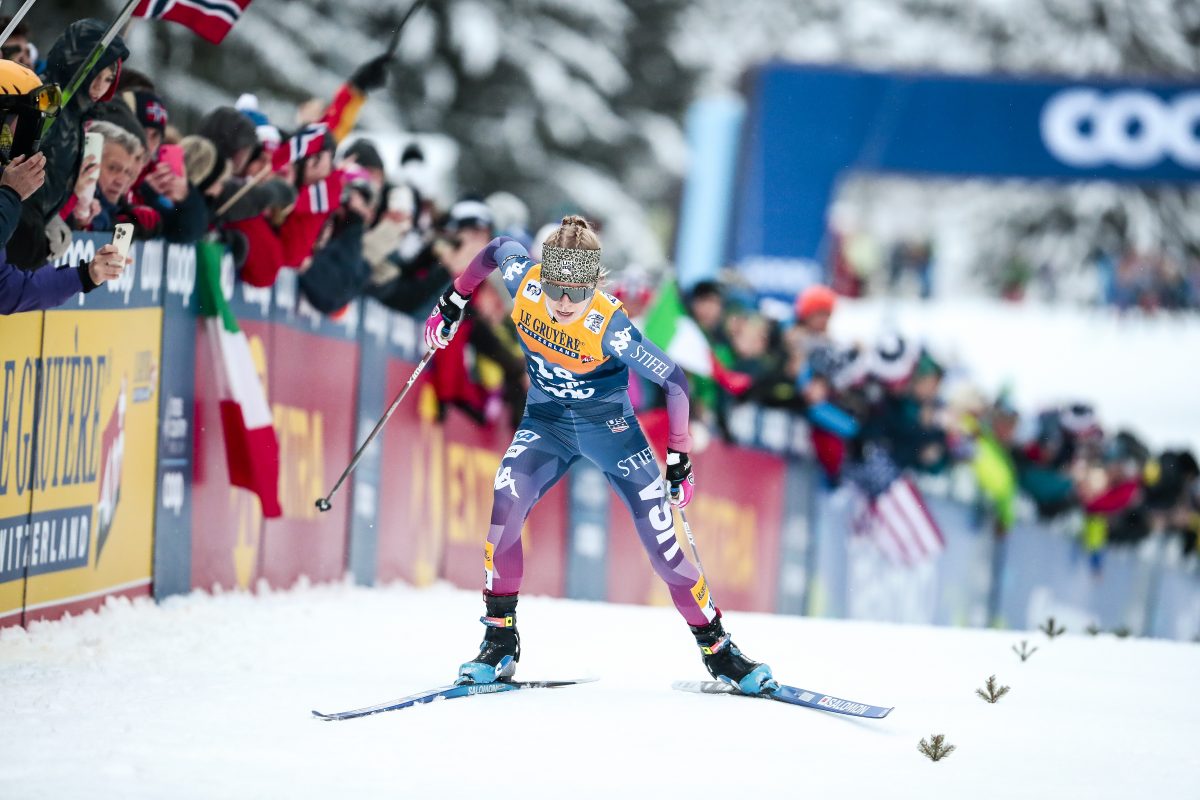Just the train from Milan up to Germany was a ten-hour ride. But the views were excellent. The big Italian valleys are patterned with row after row of grape vines some thin as a finger others thick as trees. The air is heavy, a near permanent haze that is humid and sticky and which lays a misty veil over everything.
Italy is old and new, run down and newly painted. A hotel room can lack its own bathroom but have wireless internet. The industrial outskirts of every city are both modern and ancient. A gleaming steel and glass building looms over a stone and wood barn, plaster and brick home, an old, stooped man tossing grain to chickens.
I click-clacked up past limestone cliffs, mixed deciduous and coniferous forest, castles crumbling on high bluffs, old stone homes surrounded by vines, broken down tractors, stacks of rotting lumber, high mountains in the distance, Mercedes and Audis zooming along the autobahn on their way to the Brenner pass and two men standing in the middle of miles of vines snipping away with pruning sheers.
There is instant change in Austria. More order, no more stacks of rotting lumber, no crumbling sheds, and more snow. Outside of Innsbruck on the way to Seefeld the thick pine forests are crossed by hiking trails, deep gorges and little creeks. Coming into Seefeld there are ski trails next to the tracks and out in the meadows skiers with rucksacks make their way along; high mountains mark the horizon, quaint cottages dot the fields, a bearded man is standing by a wood pile holding an actual ax, smiling and waving to the train like some sort of Austrian Alps Disney prop.
Into Germany and the train is still paralleled by ski tracks, complete with picturesque little skiers sliding along on them.
Oberstdorf has some hard trails. The stadium empties onto a huge climb that bends around a corner and keeps climbing, drops over a little knoll and continues climbing, goes around a corner and climbs…
Waxing too is difficult as the temperature at the bottom of the course is very different than the temperature at the top. The races are put on with German attention to detail and discipline, and also fun. Two days before the races started there were thousands of spectators out drinking beer and watching us test skis and wax. Race day the stadium was filled and the courses lined with fans.
The World Champs next year will be a great show.
We however were fading. The races the previous weekend in France had not gone well. Koos cranked up a good sprint in Fischen, GER (not a World Cup). He qualified, but was disqualified in the first round for supposedly obstructing another skier.
Kris managed a great result finishing 17th in the pursuit and in the sprint relay he and Carl were top five until a crash took them totally out of it. The other skiers continued to struggle with health or fitness.
This is often part of the process. That is tough to swallow, but simply true. Seldom do skiers simply get better year after year without a few set backs. The sport takes time to get good at because of the physiologic demands take years to develop, but also because it takes time to figure out how to prepare properly, how to balance work and rest, how to travel to Europe, live out of a bag and race at your best. Patience and persistence are important, and staying positive in the face of adversity.
The hardest part of the late season was that Wendy Wagner, who dominated in three races very early in the season got sick and could hardly ski let alone race. She went into the season in the best shape of her life — lifting more weight than ever and setting big pr’s in her running time trials. In November at the West Yellowstone Super Tour she won the 10km classic by almost two minutes and the sprint with 10 meters to spare. This performance was nearly repeated at the Soldier Hollow Super Tour where she won the sprint prelim by 7 seconds and took second to Rebecca in the 5km. But that was the end for Wendy. Every race thereafter was slower than the last. She soldiered on through the World Cup in Oberstdorf hoping for improvement… alas it never came and she flew home to tend to her health.
Oberstdorf was a brave race for Wendy. She knew she wasn’t feeling right and that she hadn’t been for quite some time. No one really knew what was wrong. She could start OK — skiing in the top 20 to 25, but then the wheels would come off fast and for good. The pursuit at Oberstdorf starts up a huge grunt of a hill. I stood half way up the hill in a knot of coaches holding bundles of spare poles, all leaning toward the tracks yelling in our respective languages. The first time up the hill my voice was in chorus with all the others.
The second of three times up the hill I was already a lone and late yeller. Wendy’s wheels hadn’t just come off, they lay like shredded retreads on the highway’s shoulder. Her hubcaps spun all the way into the farmer’s field. There was some kind of burning odor, and a green smoke from under the hood… The next lap was worse, and there were three skate laps yet to go.
I ran from my pole station on the classical course to my feeding station on the skate course thinking Wendy wouldn’t be coming around. The race leaders came by, then the chasers, the late racers, the stragglers, and then Wendy. She wasn’t just poking along, well she was poking along, but she was also trying to go fast, she was focused, and working hard, breathing quick and loud. She took the feed and, gulp, gulp, gulp, gulp, Ahhhhhhhhh, chugged it all. I had to chase the bottle for half a km to get it back.
No way, I thought, is Wendy coming around this thing again… but she did, the requisite three times total, and each time she was still racing, way, way, way below her ability, but she didn’t quit.
Our doctors didn’t think she was doing herself any harm by racing, and no one really knew what was going on with her. Wendy wasn’t racing like Wendy, we just didn’t know why. And so she wanted to test herself, make sure she wasn’t going mental, wasn’t just quitting in these races, wasn’t just wussing out, and on this she followed through.
One thing we know for sure, Wendy Wagner does not wuss out.
Stockholm, Sweden Sprints. Koos uncorks one. The sprint course started and finished at a great old castle right on the harbor in downtown Stockholm. The course was sheer ice, with two good climbs and one wicked 180-degree downhill turn.
Andrew Newell joined us after U-23’s (where he finished 4th) on this rather sprint heavy portion of the tour that he and Koos were to embark on.
Koos looked great, I was hopeful as soon as I saw him striding toward the finish. He ended up 21st, his best finish for some time.
From Stockholm we drove up to Umea, where the rest of the team had been training — in pretty poor conditions. The Umea race was also held in town, but on real ski trails winding around, up and down in a park. The weather was very warm, and we spent hours testing klisters for the perfect combination. Even though our skiers had not been feeling great we approach every race as if any of our skiers are going to win.
 info@savage.com this will be an awesome trip).
info@savage.com this will be an awesome trip).
To recap, in general (up hill and flat) the body faces down the trail and not side to side (that’s right no big swing!). The whole body works in synch at all times. The application of force must be quick from the start and it must be complete (which does not necessarily mean deep).
In V1 the legs are used as pistons, pushing evenly and continuously on both sides. The knee is driven down toward the tip of the ski as soon as the ski is put on the snow. There is no inactive glide phase. The skier moves directly from skate to skate and (in V1) does not stand up on the ski. The arms push and swing forward and back in synch with the legs. One does not take big steps up the hill nor should one bring the ski in under the body.
In V2 the skier must begin the transfer of weight with a powerful drop of weight down on the ski and poles simultaneously — rather than falling away from the skate. This downward application of power begins the transfer of weight to the other ski. The skier’s body faces down the trail. The faster the skier is moving the more in line with the trail the ski gets and therefore the skier gets with the ski — this “lining up†is not a goal and as a goal can be (in my experience IS) counter productive to skiing fast.
In V2 the movement from high to low must be quick and forceful. One thing we had not put enough emphasis on in the past is fulfilling the kick. It is important to be “greedy†with the kick (skate) so that it is fully completed and so that each kick (skate) is 100% spot on. This takes practice and attention in both easy and hard training and it will be something we work on quite a bit this summer.
With regard to using other skiers to justify technique ideas, this is a fallacy. Still-pictures are useless as examples because what is important is how the skier got in that position. Video is very helpful in technique analysis but not as a tool of argument. To discount an idea because it cannot be found in a ski video is a sure way to be left behind. It takes confidence to do things differently — and confidence is something we Americans have lacked as a ski community in the past. At the same time to justify something because it is in a ski video comes with the same insecure, imitate-mentality and the problem of not advancing our cause.
This year the Swedes broke out a brand new skate technique and kicked ass in the sprints with it. It is a hop V2 or hop two-sided marathon skate… The skiers use a V2 poling motion but point the ski directly down the trail, hop up, plant the skating ski at an angle and crash down on the ski and the poles (very shallow but quick and powerful compression) and then plant the other ski straight down the trail. The upper-body points straight down the trail the whole time. This technique is used in all terrain, and so far only in sprint races, and with great success (note: Lahti WC sprint this year). That is innovation baby, and innovation takes confidence if not a few bruises in the upper chest region.
Which brings me to another topic: The behind-the-back critics. Our success (past and future) is dependent upon the American ski community. The US ski community feeds us, brings us our young ski racers and ideally is a part of the open communication that makes all of us better at what we do. We want to hear feedback. We don’t want to hear it third-hand. Open and direct criticism and communication in general yields mutual respect among those who disagree with each other and that helps raise the level of the sport nationwide. I can be emailed at pvordenberg@ussa.org. Come forward, eye-to-eye, and be heard, otherwise keep out of the way — we’re trying to accomplish something here.
Pete Vordenberg is the assistant coach of the US Cross-Country Ski Team. He is a two-time Olympian and author of Momentum: Chasing the Olympic Dream (buy it at www.outyourbackdoor.com).
Please keep your eyes pealed for info about Andrew Johnson’s Team Today project — your chance to join us on our voyage to Olympic Medals.



